At LAIRP, we believe that restorative practices isn't just an array of tools - they’re a whole new way of thinking, feeling, and communicating that can bring people closer and make communities stronger. But let’s be real: explaining restorative practices to someone who’s never heard of them (including myself when I first started!) can be tricky and challenging.
That’s where I come in! As a marketing specialist, I’ve made it my mission to translate these big ideas into visuals that are easy to understand, fun to look at, and packed with meaning.
Why Visuals Matter in Right Brain Restorative Practices
Restorative practices are deeply human. They involve connection, emotion, and a sense of belonging. However, traditional ways of explaining them (dense text, academic language, and legal jargon) often feel distant and difficult to grasp, especially for those new to the concept. The language often used to explain restorative practices can, in many ways, serve as a barrier to understanding what it is all about.
With this in mind, I wanted to transform the way LAIRP communicates what it does and how it does it. I aimed for our visuals to reflect the warmth, empathy, and clarity that restorative practices bring while also being bold and distinctive. Each element of the visual system—from our logo to our visual identity—embodies LAIRP’s commitment to simplicity, creativity, and accessibility.
The New Branding: A Reflection of Connection
We introduced a new branding approach that creates a welcoming, inclusive space for learning about restorative practices. Here’s how we did it:
1. Logo: The LAIRP logo radiates energy and approachability through its bright colors, symbolizing creativity and inclusivity. The design evokes the simplicity of building blocks, reflecting the idea that restorative practices serve as the foundation for stronger communities.
2. Colors: Our palette, rooted in the logo’s colors, includes two new additions to enhance visibility, feeling, and overall impact. These colors were chosen to reflect trust and make information feel approachable.
3. Doodles: Hand-drawn elements convey a human touch and resemble the notes we take when reading or explaining a concept. They are fun and can reduce the dense into understandable text. They visually represent the learning process.
4. Simple, Clear Infographics: Complex concepts are broken down into digestible visuals so that anyone—regardless of background—can understand them.
Making Restorative Practices More Accessible
How can I visually explain the purpose of Restorative Practices? After I learned what restorative practices are, my main challenge was to make this visually appealing to others. I had to find a way to show how restorative practices untangle messy situations. So, I created a doodled knot with a single, smooth line rising out of it—representing growth and resolution.
What other things are healed?: The Japanese art of Kintsugi (where broken pottery is repaired with gold) has always fascinated me. It perfectly symbolizes how restorative practices help repair and strengthen communities, making them even more valuable than before.
What is LAIRP’S purpose? I wanted a simple but powerful way to show LAIRP’s impact, so I used the ripple effect. Just like a single drop of water creates expanding circles, one act of restorative practice can spread and create lasting change.
The Future of LAIRP’s Communication
This is just the beginning! I’m on a mission to keep evolving our visual storytelling, making restorative practices feel exciting, engaging, and easy to understand. By making our communications as restorative as our work, we hope to inspire more people to jump in, learn, and grow with us.
Make sure to follow our new instagram page @lairp_ where you will be able to learn more about LAIRP and Right-Brain Restorative Practices. Thank you for reading! Be sure to share and to follow us on LinkedIn.
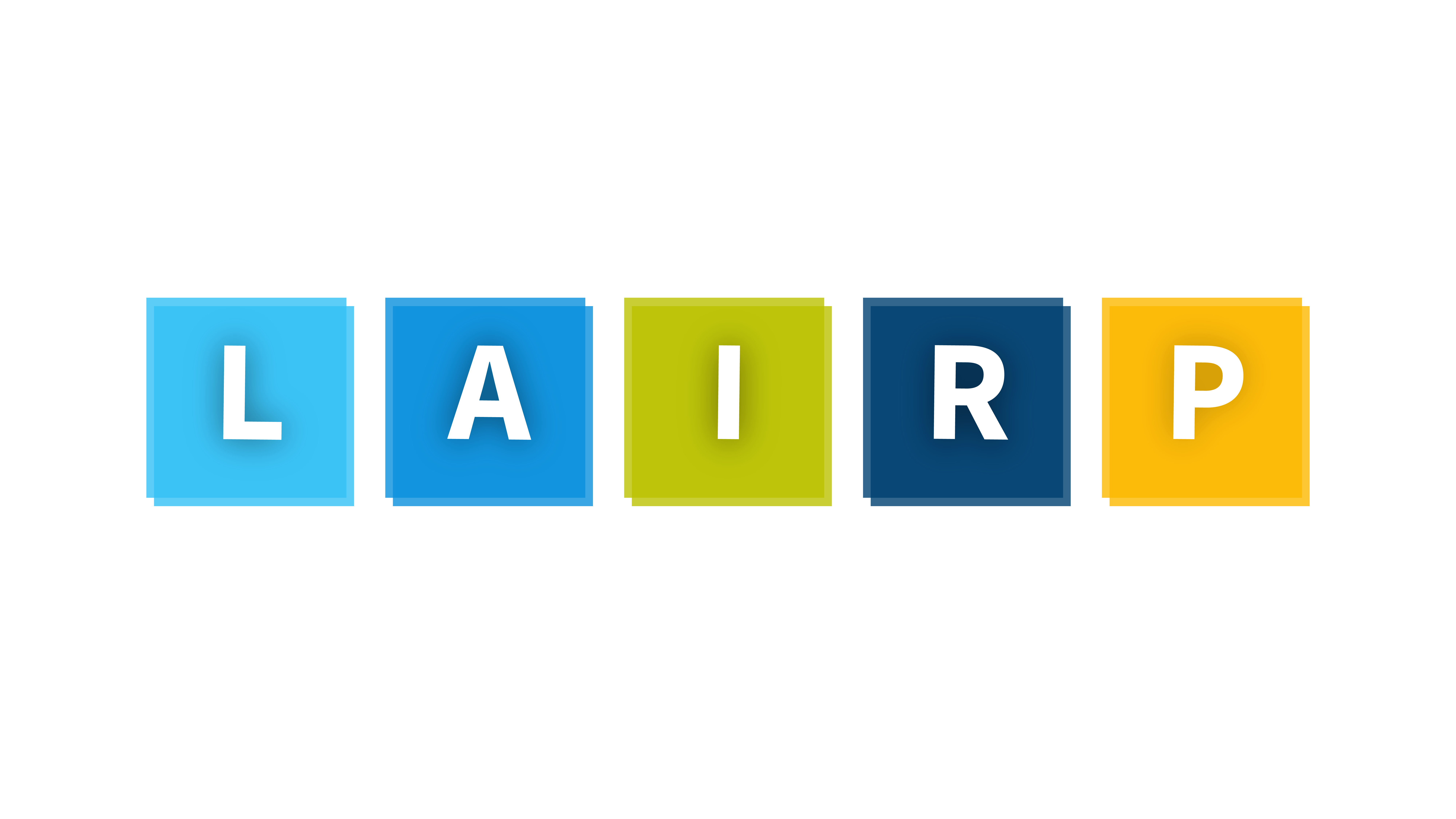

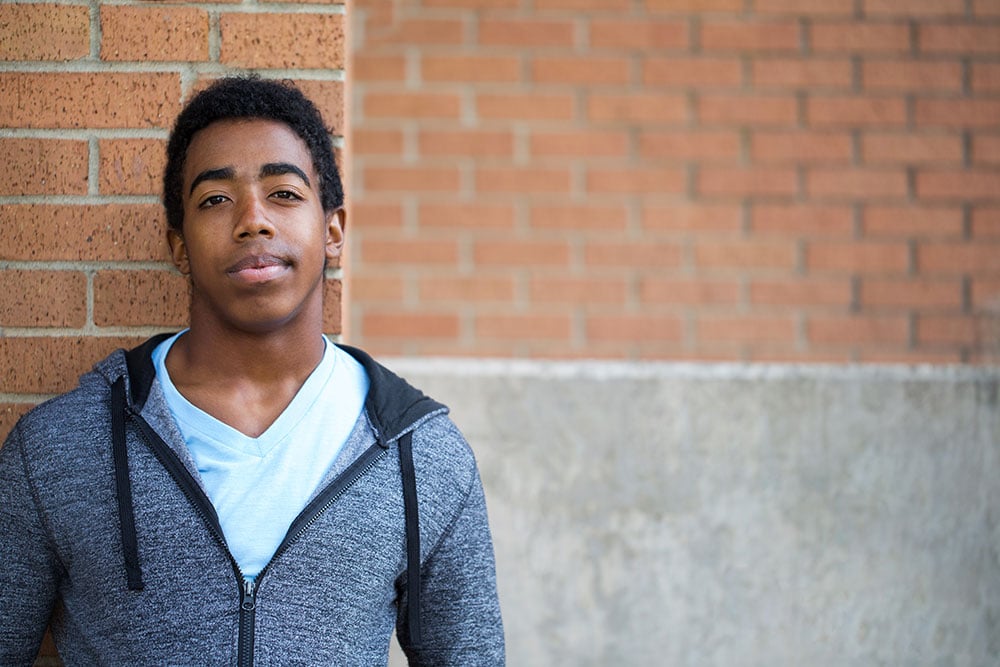
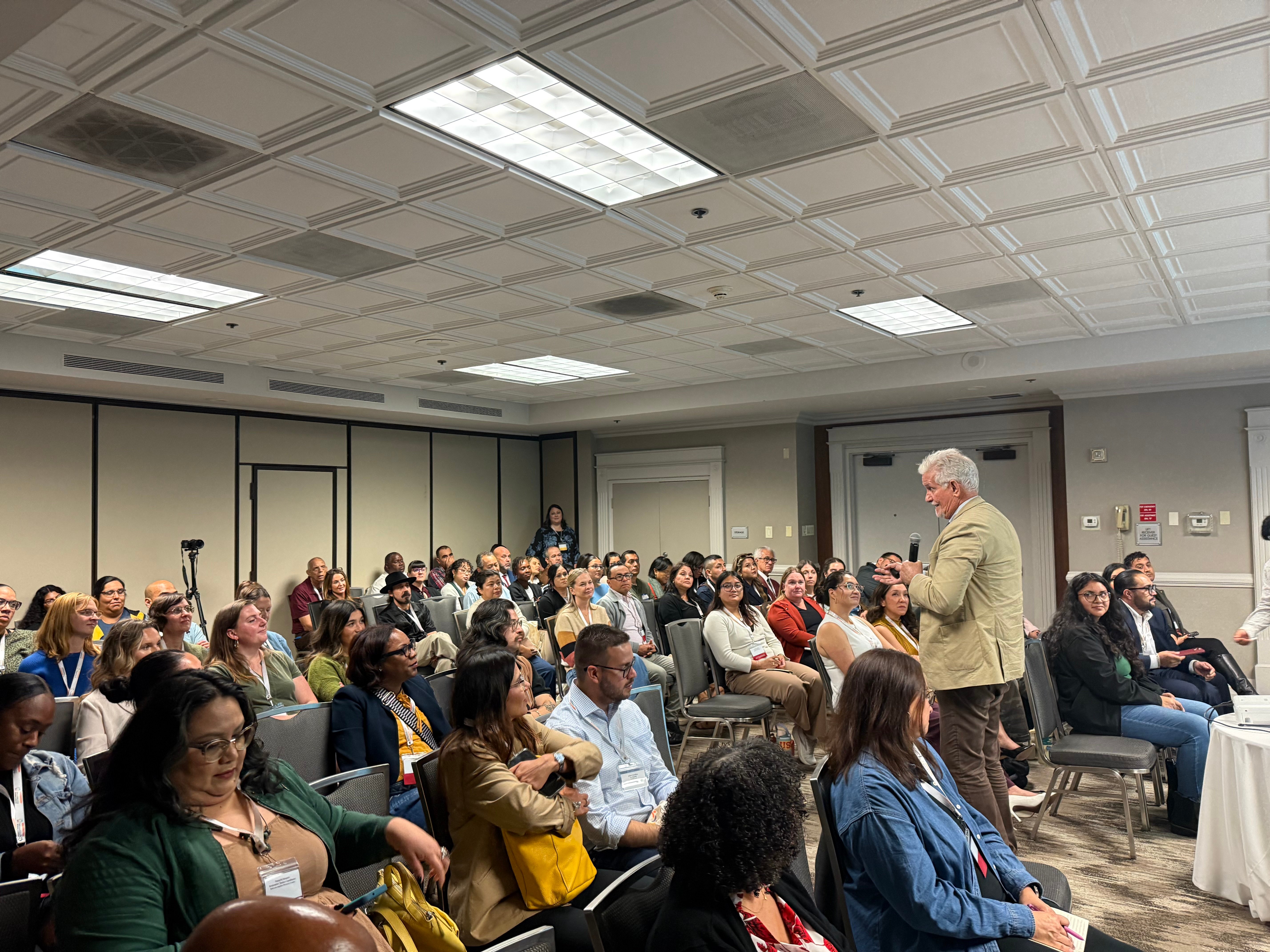
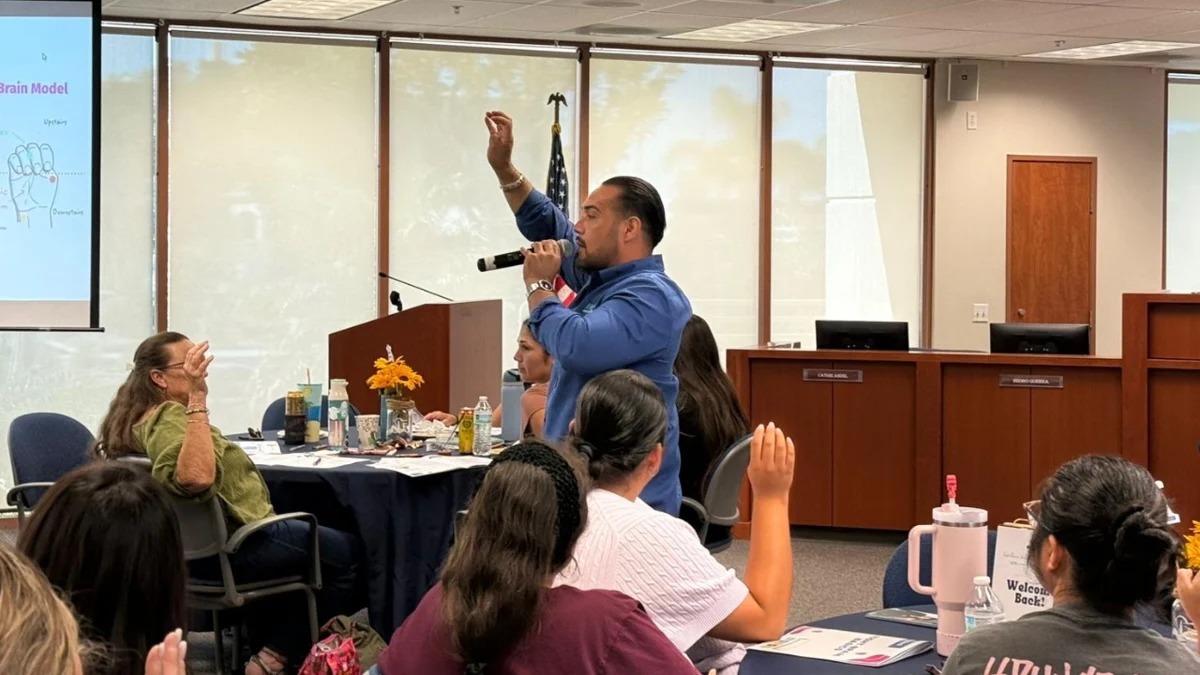
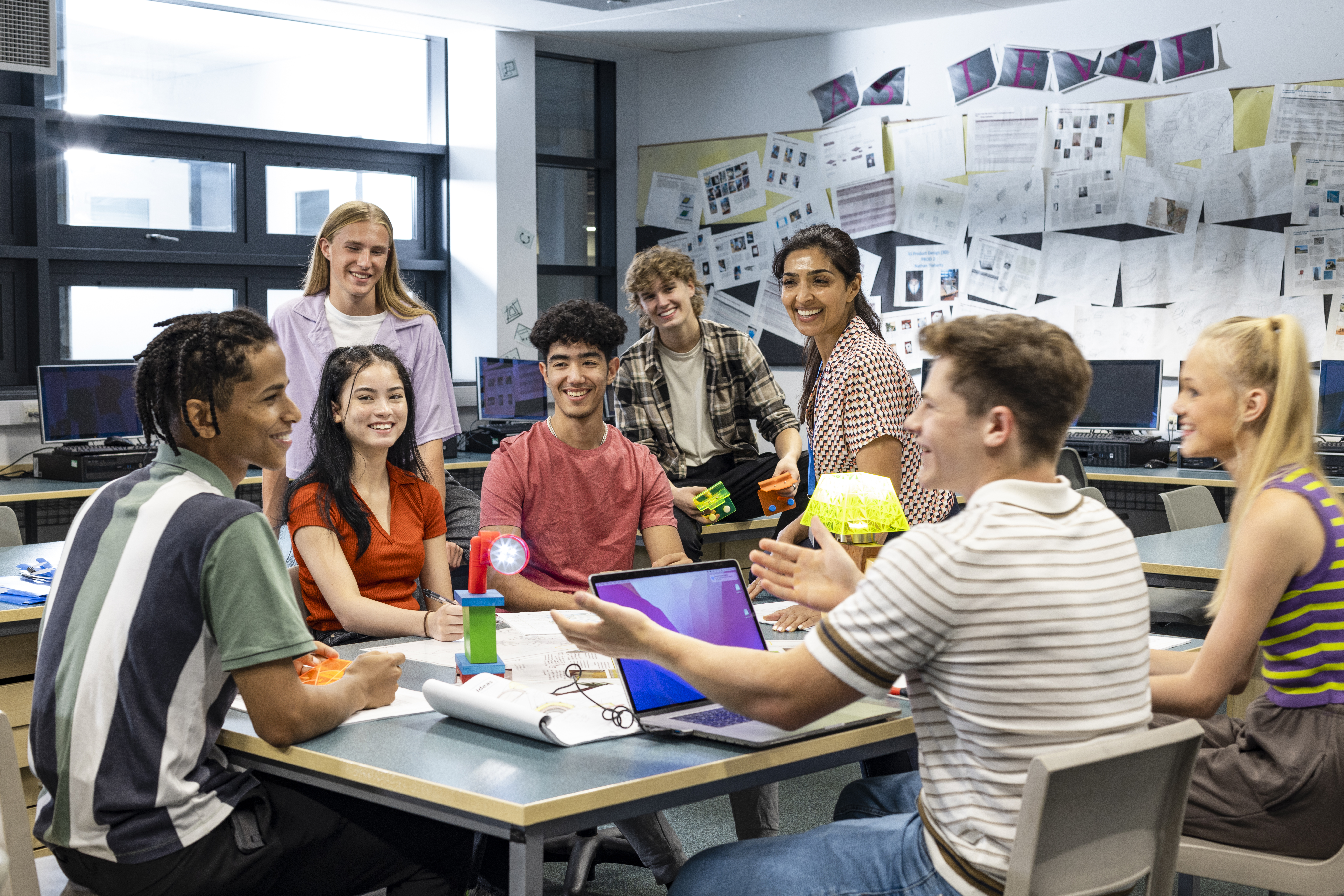

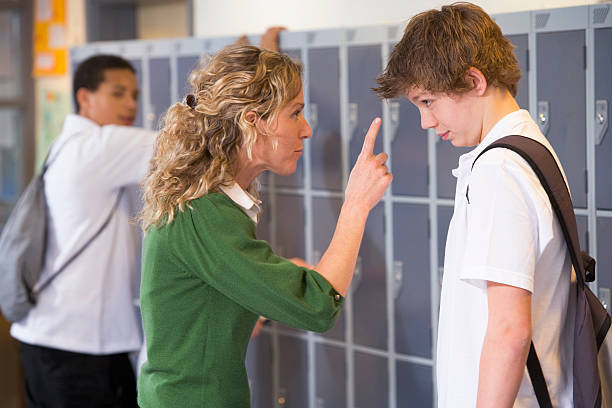
POST COMMENTS